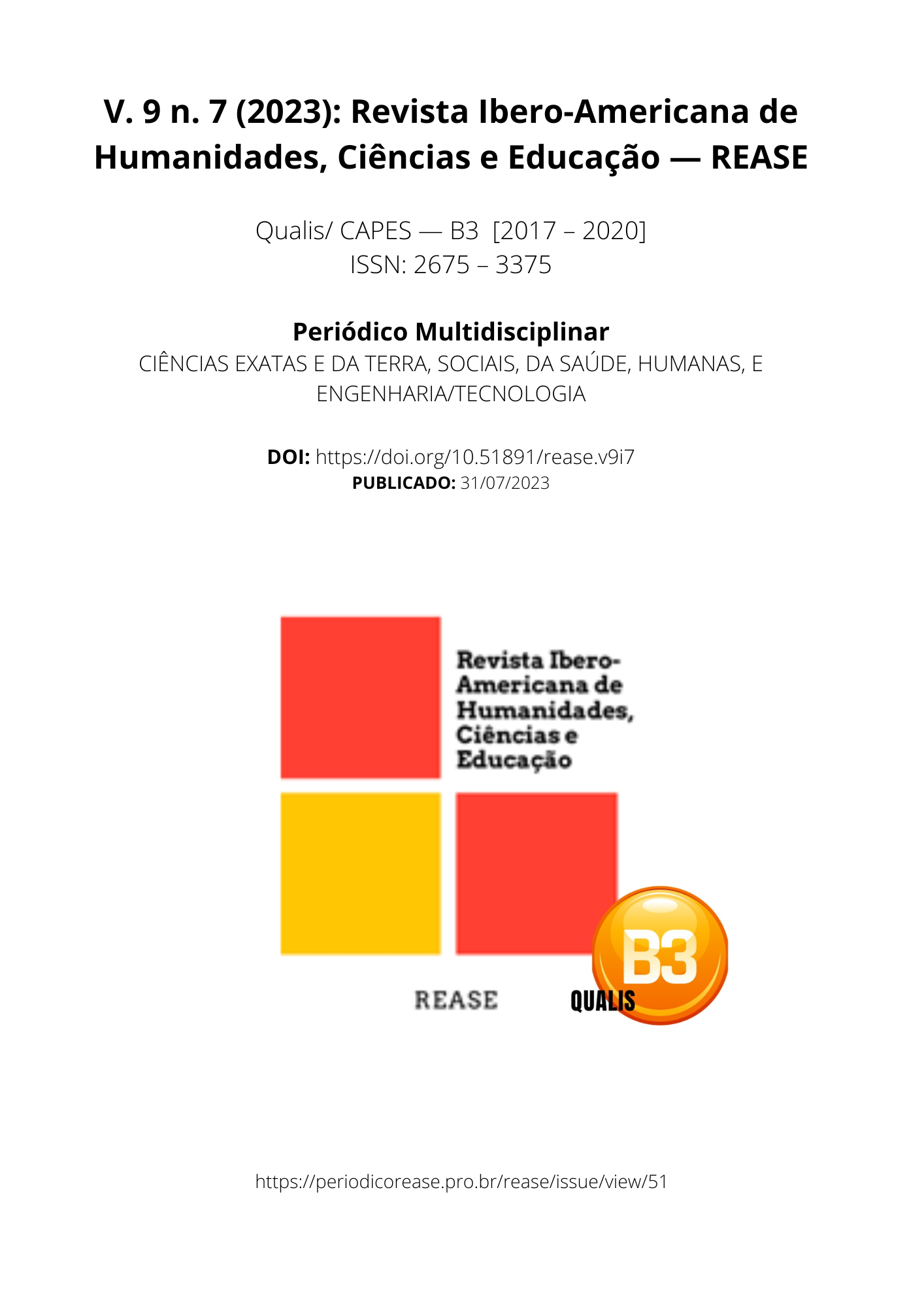THE IMPORTANCE OF THE PHARMACIST IN GUIDING THE TREATMENT OF AUTISM SPECTRUM DISORDER (ASD) PATIENTS
DOI:
https://doi.org/10.51891/rease.v9i7.10617Keywords:
ASD. Pharmacological Treatment. Aripiprazole and pharmaceutical assistance.Abstract
Autism spectrum disorder (ASD) is a neurodevelopmental disorder characterized by atypical development, behavioral manifestations, deficits in communication and social interaction, repetitive and stereotyped behavior patterns, and may present a restricted repertoire of interests and activities. Pharmacological interventions in autism are challenging due to etiological and clinical heterogeneity. Atypical or second-generation antipsychotics were developed more recently and have a lower risk of extrapyramidal effects, including the drug aripyrazole. The aim of this article is to carry out an integrative review of the literature on the subject: the importance of the pharmacist in guiding the treatment of people with autism spectrum disorder (ASD). A bibliographic survey wascarried out in the Scielo, LILACS, LA Referência and PubMed databases, from January 2013 to July 2023, in Portuguese, English and Spanish. The analysis of publications showed that males are the most affected in the first five years of age; the use of aripyrazole for pharmacological treatment is not yet approved in the package leaflet, because studies do not demonstrate considerable safety outcomes and pharmaceutical assistance plays a fundamental role in initial care, since the pharmacist is the professional qualified to promote the rational use of medicines, comprehensive care and emphasis on the prevention of injuries to patients with ASD, in addition to public policies for access to therapeutic drug treatment and the rational orientation of drugs for patients with ASD. We conclude that the presence of the pharmacist performing pharmaceutical care and public policies for access to pharmacological treatment guarantee effective drug therapy, avoiding treatment failures and possible adverse drug effects.
Downloads
Downloads
Published
How to Cite
Issue
Section
Categories
License
Atribuição CC BY

